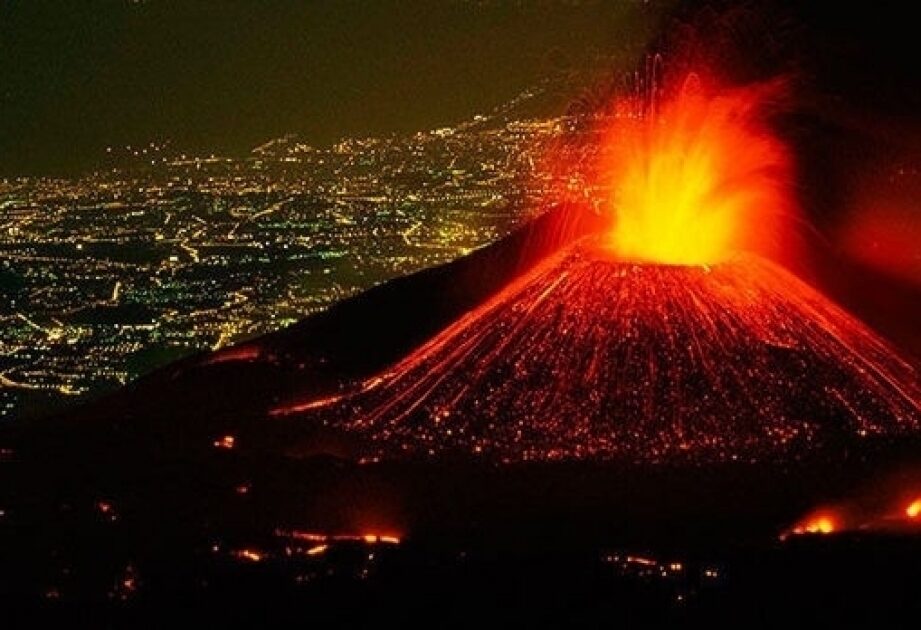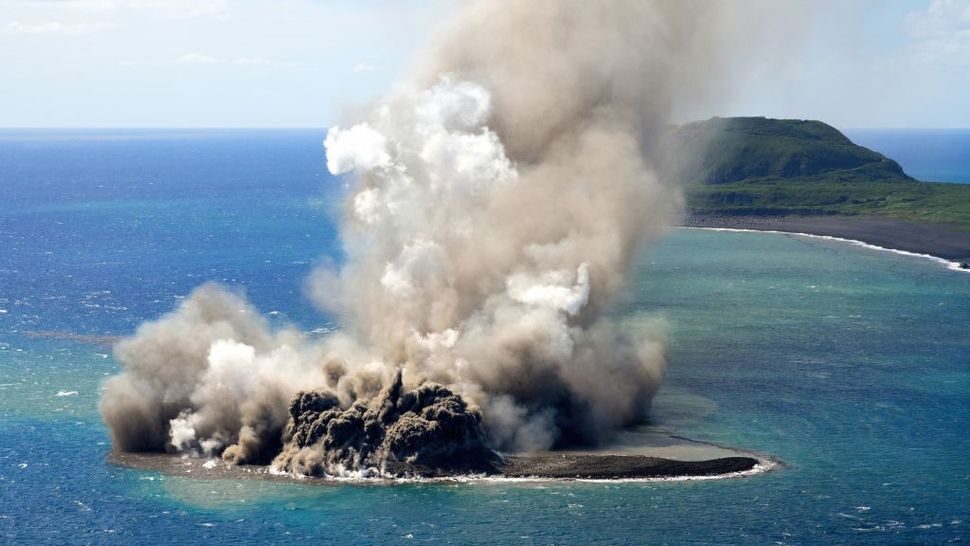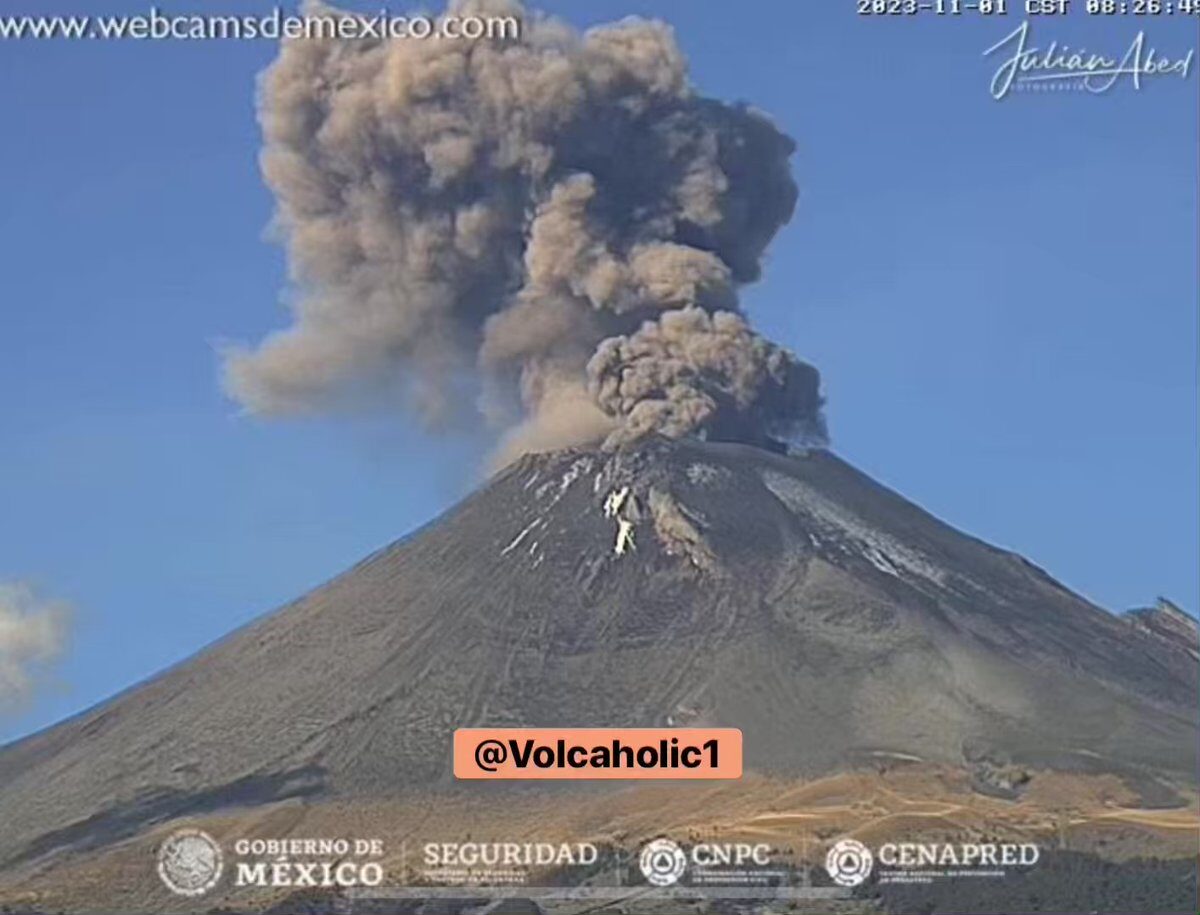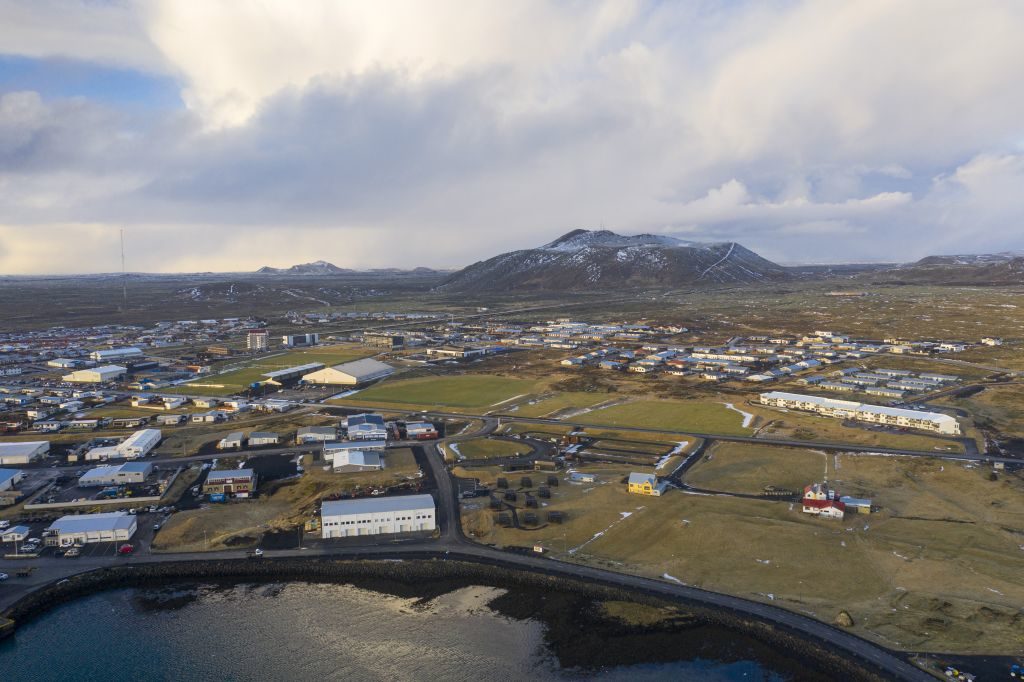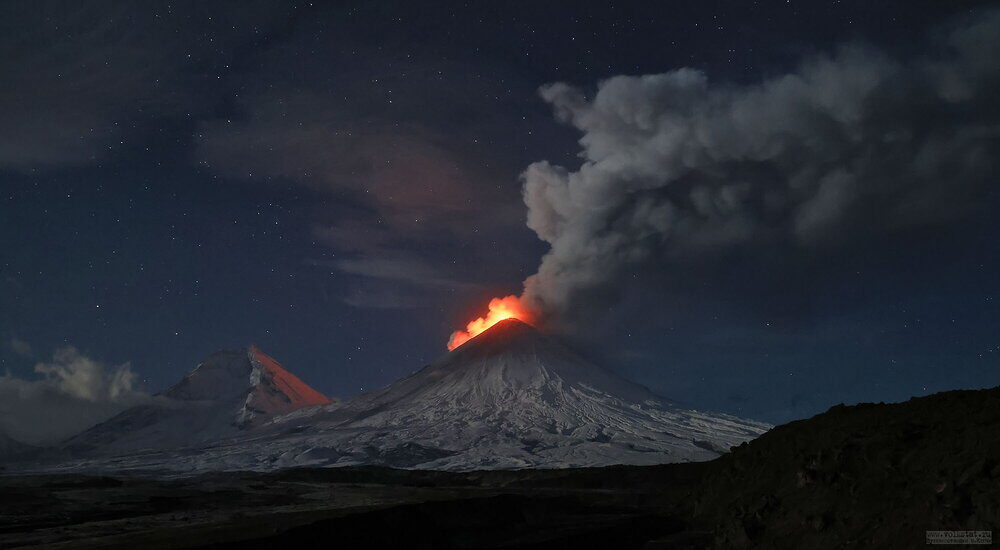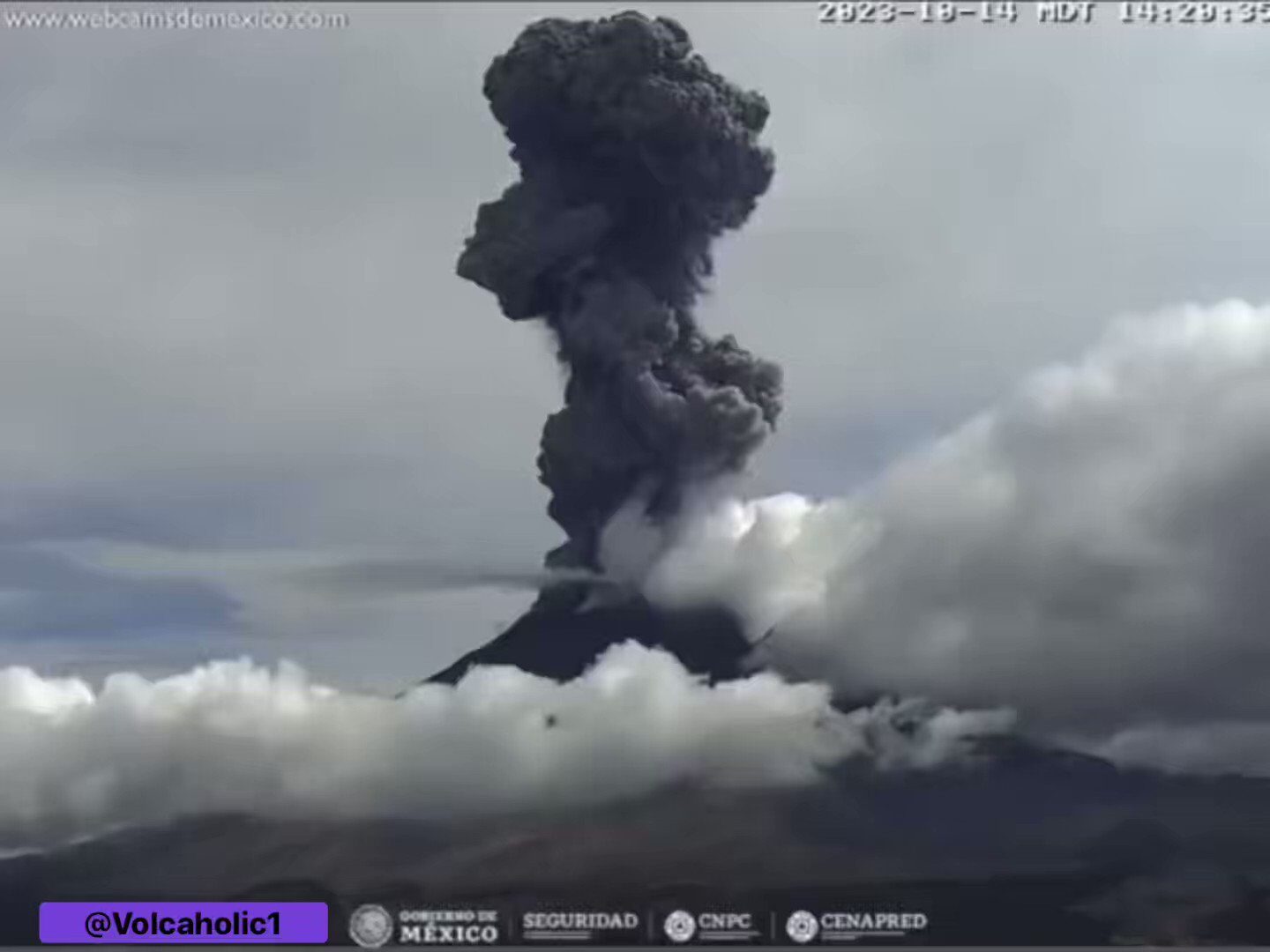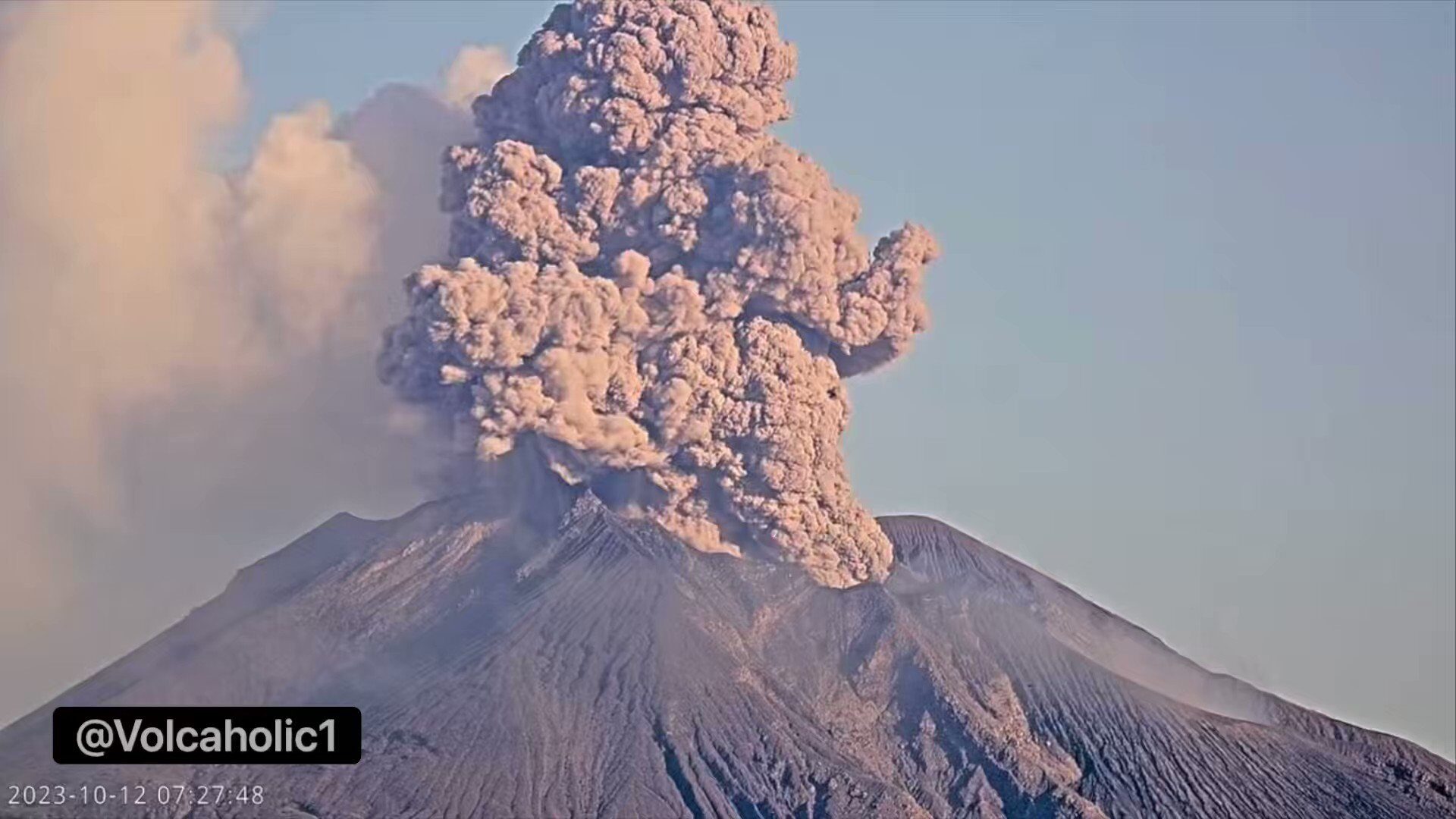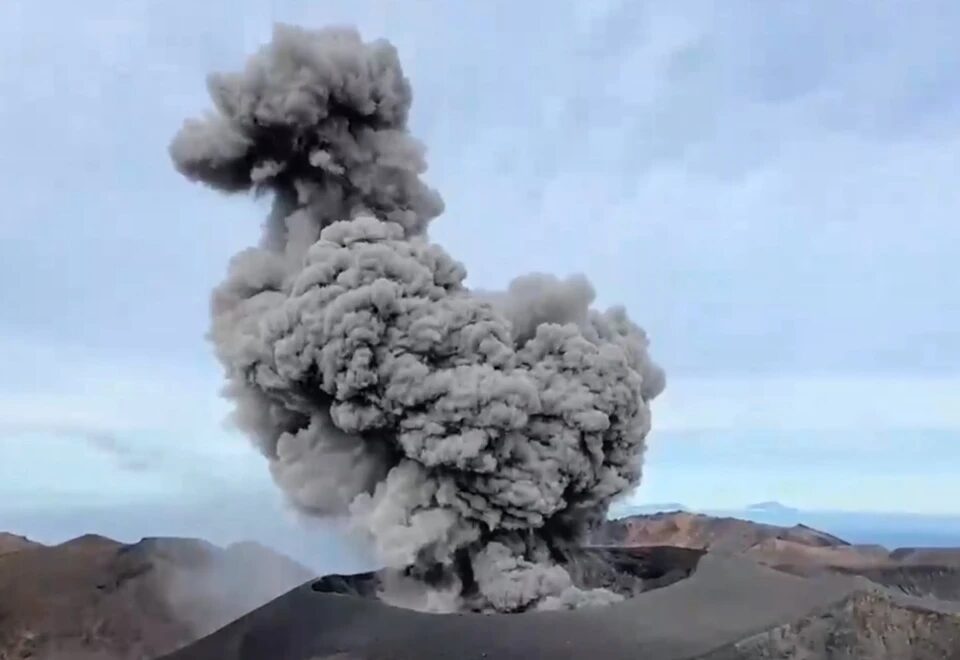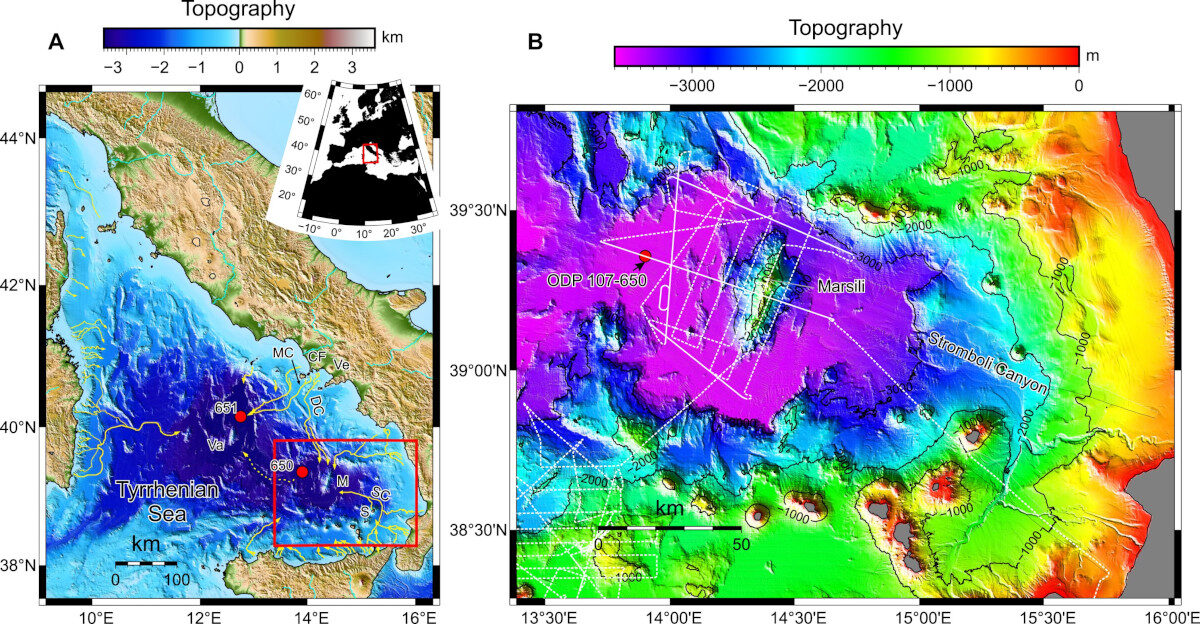
These deposits, known as megabeds, were found in the western Marsili Basin, an area at the bottom of the Tyrrhenian Sea that surrounds the Marsili Seamount, a large undersea volcano.
By combining geophysical data acquired from a Spanish research project and data from sediment cores collected from a nearby Ocean Drilling program site, scientists were able to show that three deposits are made up of alternating beds of volcaniclastic sand and mud, while the fourth is a volcaniclastic debris flow, a more dense mixture of volcanic sediment and water.
The study's findings, published in the Journal Geology, suggest that these structures were deposited during a volatile time when the Campi Flegrei caldera and the Neapolitan Yellow Tuff supereruption were active.
The new study suggests that these megabeds originated not from nearby volcanoes, but from a volcanic province to the north. That province, researchers think, was an area once near the Campanian Ignimbrite (CI) supereruption of Campi Flegrei, the largest one of its volcanic eruptions since the caldera's formation nearly 50,000 years ago.
This still volcanically active region could pose immense danger in the future, said Derek Sawyer, lead author of the study and an associate professor of earth sciences at The Ohio State University. The discovery of these previously unknown megabeds is pivotal for understanding and measuring the impact of such recurring geohazards over time.

